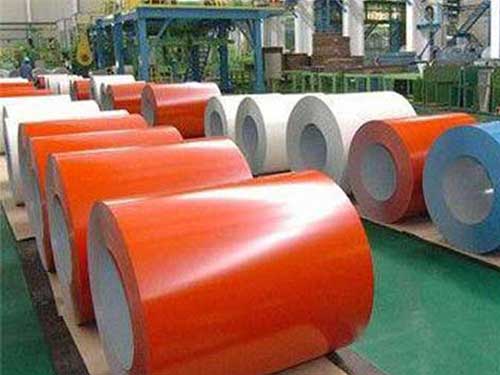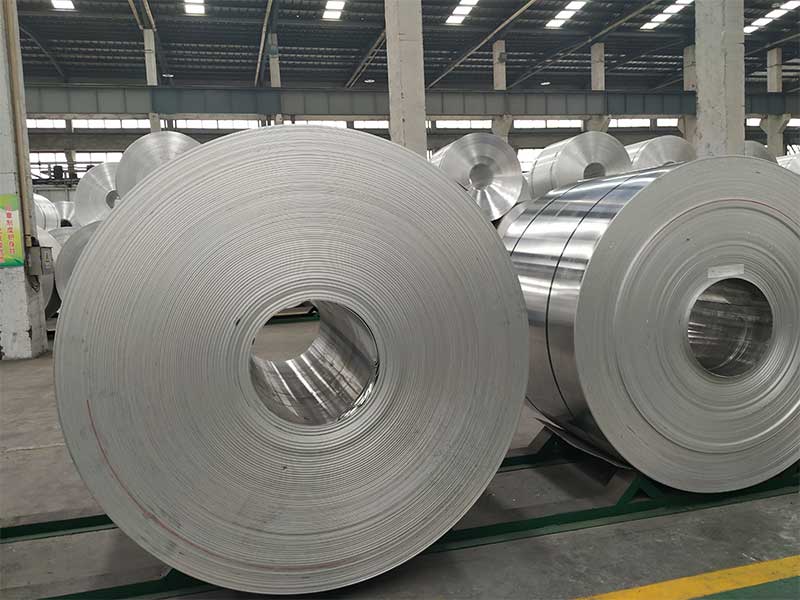Aluminum Coil 3105 H14 3105 H24
When considering the staples of modern construction and manufacturing, aluminum alloys rightly earn their place at the table. Among the myriad of options, Aluminum Coil 3105 H14 and 3105 H24 is know for their unique properties, versatility, and widespread applications. Let's delve deeper into these specific alloys, diving beneath the surface to better understand why they're favored in fields ranging from architectural design to aerospace.
Aluminum 3105 H14 and H24
To grasp the significance of Aluminum Coil 3105, we must first unpack its designations. The "3105" refers to a specific aluminum alloy composition, largely comprised of approximately 98% aluminum and small amounts of other elements like copper, iron, and silicon, which grant unique properties to the metal.
Working with Aluminum Coil 3105 H14 and 3105 H24 daily, I've noticed a distinct difference in their formability. The H14, with its lower temper, is significantly more pliable and easier to work with in our stamping and forming processes. This makes it ideal for applications requiring complex shapes or deep draws, though it sacrifices some strength. We often see H14 used in applications like automotive parts or beverage cans where intricate designs are prioritized. However, handling H14 requires extra care to prevent scratching or marring the surface during processing, which can impact the final product's quality. Tooling wear is also a consideration, as the softer material can lead to quicker degradation of tooling components.
Conversely, the H24 temper exhibits a noticeable increase in strength and springback, making it better suited for applications demanding rigidity and durability. This translates to less deformation during use and allows for thinner gauges to be used, potentially saving on material costs. While easier to handle due to its increased stiffness, its increased strength makes it more challenging to form, requiring more powerful presses and potentially specialized tooling. We primarily see H24 employed in applications demanding higher structural integrity, like some automotive body panels or industrial components. Balancing the higher upfront forming costs against the long-term benefits of enhanced durability is a factor in selecting between H14 and H24 for specific client orders.
The suffixes "H14" and "H24" describe the treatment these alloys have undergone—respective classifications under the H temper designation. Essentially, the H designation indicates that the alloy has been strain-hardened and partially annealed.
-
H14: This temper indicates rigorous strain-hardening followed by some level of annealing, contributing to enhanced strength. Typically, the yield strength of 3105 H14 coiled aluminum is moderately high—ideal characteristics for projects where strength is pivotal without an excessive weight burden.
-
H24: Conversely, H24 refers to a temper that's only been half-annealed, resulting in a slightly softer product. This can lead to greater malleability, making it suitable for applications that require bending and shaping while still retaining reasonable strength.
Distinct Characteristics and Applications
Aesthetic Allure and Functional Utility
Aluminum Coil 3105 alloys boast a smooth finish that lends themselves well to various coatings and finishes. This is particularly relevant in architectural applications, where the combination of aesthetics and performance is vital. The H14 and H24 alloys can be painted or anodized, creating a superior surface quality that withstands the elements—critical for use in external cladding, roofing systems, and siding.
From a construction point of view, having a material that looks good and lasts long is an undeniable advantage. Since both H14 and H24 are resistive to corrosion, architects and builders have utilized these alloys in coastal projects—buildings, installations, or structures near water where longevity against salt-degradation is crucial.
Manufacturing and Fabrication Flexibility
In manufacturing contexts, the preferred choice between H14 and H24 often hinges on the required amount of manipulation of the material. For projects necessitating extensive shaping, such as automotive body parts or specialized machinery, H24’s relative softness might offer the advantage needed during fabrication. Its enhanced flexibility ensures a lower risk of fracture during the bending process.
Conversely, any application that emphasizes rigidity while maintaining low weight, such as airplanes or sometimes postal boxes, may lean towards using H14. Utilizing the stronger strain-hardened characteristic, H14 can support Increased load-bearing demands without excessive expansion or compression.
Economic and Environmental Considerations
In the current era of heightened environmental awareness, sustainable sourcing and recyclability play increasingly vital roles in product selection. Aluminum, by nature, is infinitely recyclable, and both 3105 H14 and H24 versions are no exception. Projects utilizing these materials not only benefit from longevity and strength but can also appeal to environmentally-conscious stakeholders keen on reducing their carbon footprints.
Economic analyses frequently illustrate the alloy's cost-effectiveness compared to metals like copper or stainless steel. Further, the lightweight quality of aluminum leads to savings in transportation and foundation costs, stretching budget allocations that much further.
https://www.al-alloy.com/a/aluminum-coil-3105-h14-3105-h24.html



